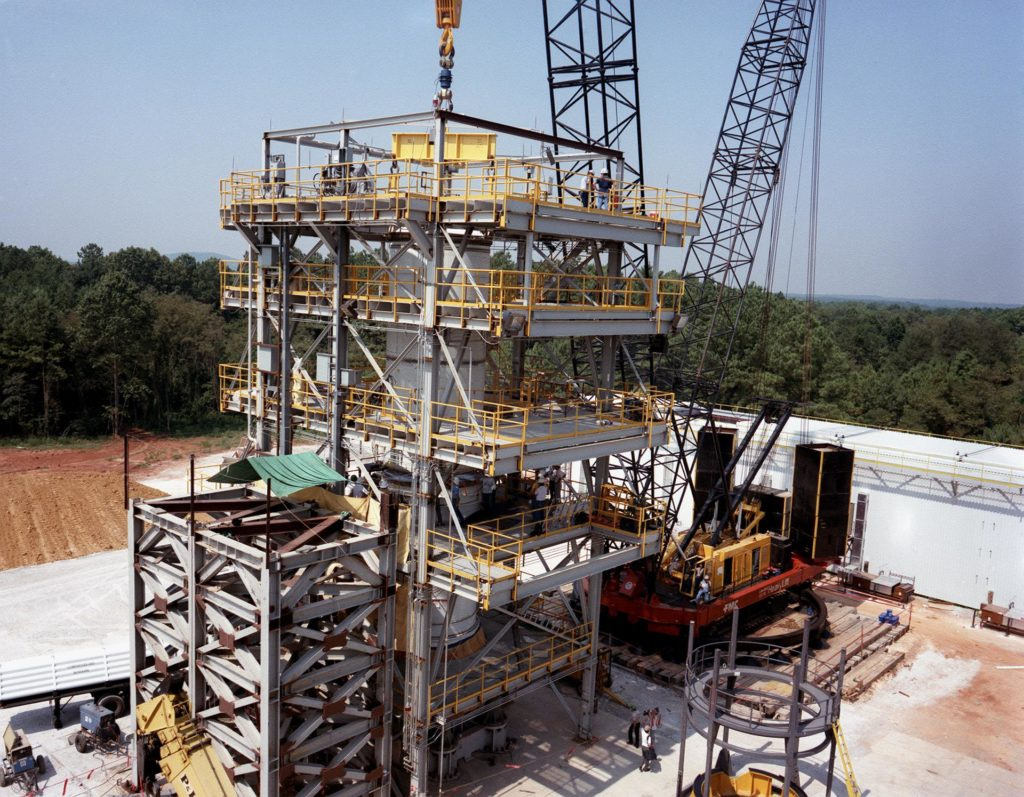Heavy civil construction focuses on large-scale projects that reinforce urban development, transportation, and public infrastructure. Examples include transit stations, roads, tunnels, bridges, railways, dams, airports, sewers, and other municipal structures.
While these projects are vital for community and economic growth, they can also impact the environment. According to a recent United Nations estimate, this industry is responsible for more than 35 percent of global carbon emissions.
With each passing year, the acceleration of climate change becomes a more dire concern. Let’s examine a few best practices to reduce the footprint of heavy civil construction and ensure that environmentally sustainable urban communities can flourish.
Table of Contents
The Role of Heavy Civil Construction in Urban Development
Heavy civil construction shapes many facets of urban development. These projects streamline transportation routes, create or expand on necessary infrastructure, and establish accessible connections throughout a community.
Heavy civil construction is integral to modern city life, from building new structures to maintaining current ones.
However, the scope and scale of these projects can harm surrounding ecosystems without careful management.
Therefore, urban planners and civil engineers must curb habitat disruption, waste generation, chemical pollution, deforestation, and excess water or energy consumption. Fortunately, various strategies will help balance development with sustainability.
Strategies to Reduce the Footprint of Heavy Civil Construction
According to a new Deloitte report, environmental sustainability is top-of-mind for construction firms in 2024. This initiative will not only lead to more climate resilience but can also have an economic payoff.
Deloitte reports that the U.S. government has allocated $100 million to state and local building projects to use eco-conscious materials, utilities, and construction methods. Let’s break down some of these sustainable practices.
Eco-Friendly Materials Sourcing
Raw materials are among the primary considerations for sustainable heavy civil construction. The extraction and transportation of these materials can produce carbon emissions, cause deforestation, or impact biodiversity. To minimize these effects, builders can utilize the following measures to source their materials:
- To mitigate the reliance on virgin resources, use recycled or reclaimed steel, fiber, concrete, asphalt, lumber, and other construction materials.
- Source the building materials locally whenever possible. This will lower transportation-related emissions while bolstering the local urban economy.
- When selecting material vendors, follow rigorous sustainability criteria. This will ensure that both materials and supply chains adhere to ethical markers.
Sustainable Construction Methods
Building techniques can also influence a structure’s environmental footprint. Here are a few sustainable methods to cut down on energy consumption, waste, pollution, and other climate hazards throughout the construction process:
- Implement modular construction protocols, which reduce waste by using prefabricated components built off-site. Modular construction will also minimize soil erosion and carbon emissions on the construction site, resulting in less ecosystem damage.
- Adopt a lean construction methodology to promote sustainable values and increase overall efficiency. Lean construction streamlines the structural design and manufacturing processes to avoid wasteful or unnecessary project elements.
- Use low-impact construction machinery and equipment, such as those with an electric power source or hybrid emissions engine.
Renewable Energy Solutions
In the first half of 2023 alone, renewable energy (wind, solar, hydro, etc.) accounted for 25 percent of electricity generated in the United States.
Renewable energy also decreases the reliance on fossil fuels in heavy civil construction. Builders can implement renewable energy solutions into project designs and operations with the strategies below:
- Install wind turbines and solar panels at the construction site to produce clean energy and curb pollution released into the surrounding areas.
- Harness energy-efficient mechanisms such as geothermal HVAC systems, reduced-flow plumbing fixtures, or LED lights. These utilities generate power, control moisture, and maximize insulation without elevating the structure’s carbon footprint.
Long-Term Environmental Impact
Sustainability is about more than the construction process itself. Builders, civil engineers, and urban planners must also consider the long-term environmental impact. Here’s how to ensure a project will remain sustainable for its entire lifecycle:
- Conduct thorough impact evaluations before starting a heavy civil construction project to identify the environmental risks and establish mitigation protocols.
- Design heavy civil infrastructure with optimal durability and resilience in mind. Choosing durable materials initially will eliminate the need for frequent repairs or intensive replacements.
- Preserve the local ecosystem as much as possible and use lean, resourceful strategies to contain the structure so it doesn’t encroach on natural habitats.
- Incorporate elements like green roofs, urban forests or gardens, and permeable concrete pavements to manage stormwater and protect air quality.
Build a Sustainable Future in Heavy Civil Construction
Heavy civil construction is indispensable for economic flourishing and urban development. In fact, research predicts its market size to reach $2,036 billion in 2024, with a compound annual growth rate of 4.4 percent.
Since modern communities rely on this infrastructure to thrive, the industry must follow sustainable practices that enhance city life without harming the planet. After all, environmental stewardship is integral to a vibrant future.





